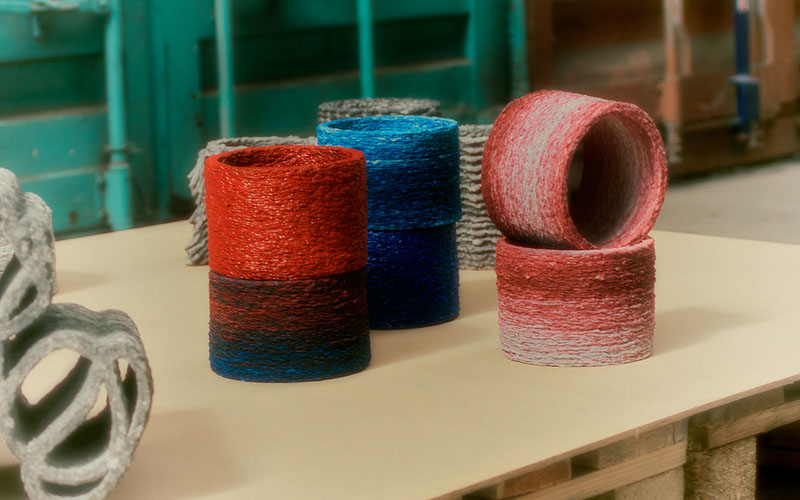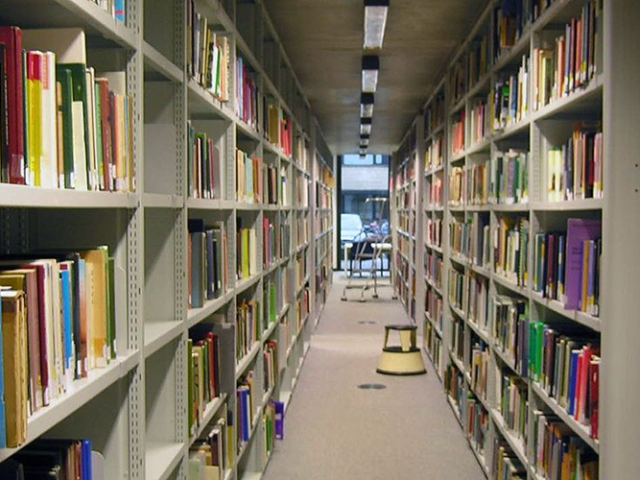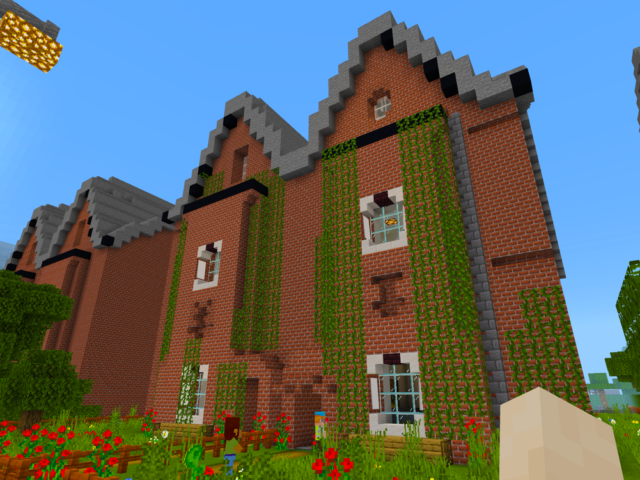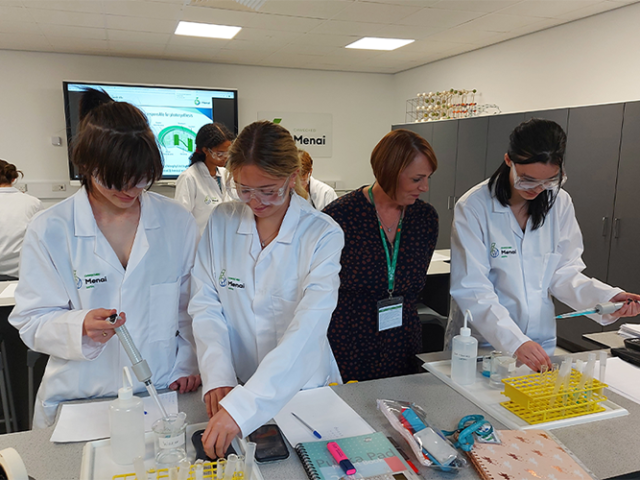In the laboratories of the Royal Danish Academy in Copenhagen, students are using WASP’s technology to advance projects promoting sustainability and innovation.
Developing thesis projects and investigating sustainable solutions
For more than 3 years, WASP’s technology has been integrated into the laboratories of the Royal Danish Academy, available for students. Over the years, numerous academics have utilised WASP 40100 and 2040 Clay for their thesis and bachelor projects.
Developing a passion for the world of 3D printing, some have chosen to continue using our technologies to launch their own initiatives. Some research projects have explored the printability of unconventional materials, including recycled paper and mycelium. At the same time, others focused their research on shape modularity and structural benefits of 3D printed structures.
Here are a few research projects developed by students using LDM technology at the academy:
- 3D Printed Bio-hybrid Structures by Claudia Colmo
- 3D Printed Paper by Frederik Sølvberg Mikkelsen
- Synergy by Hilda Nilsson
- 3D printing ceramics: A modular column system by Alma Bangsgaard Svendsen
- The Developed Surface by Suzi Pain
CITA and Radicant – Turning organic production waste into new construction materials
At the Royal Danish Academy, CITA – Center for Information Technology and Architecture has developed Radicant: a 3D printed wall paneling system created from waste-stream-based biopolymer.
This innovative construction incorporates materials such as bone glue and cellulose fibers derived from agricultural residues and wastes, including bark, paper, recycled linen (cotton), and seagrass.
The structure was created using a custom print head connected to WASP Industrial Clay Extrusion Kit: a system that is able to heat up fluid-dense material during the printing.
The project is part of a broader research effort to apply environmentally friendly bio-based materials to architectural applications.
Radicant was developed within the CITAs Eco Metabolistic Architecture project and was part of the Living Prototypes exhibition at Aedes Architecture Forum in Berlin.




